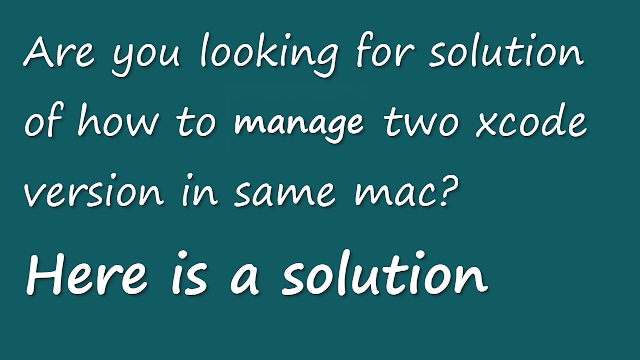Crashing, Debugging & Build Errors in .NET MAUI (.NET 9)? Read This First!

Top 5 Common .NET MAUI (.NET 9) Issues and Developer-Approved Solutions Working with .NET MAUI on .NET 9 can be exciting but challenging. Many developers face recurring issues that may not be well documented. Here are 5 common problems and their proven solutions with references for further help. Join our exclusive WhatsApp group for Xamarin and .NET MAUI developers to connect with experts, share insights, and get help with your projects. Whether you're a beginner or an experienced developer, this group is the perfect place to enhance your skills and collaborate with the community. 1. 🧩 HybridWebView JavaScript Callback Problems Issue: Calling JavaScript using InvokeJavaScriptAsync<T>() without returning a value can throw exceptions. Solution: Ensure your JavaScript functions return serialized values explicitly. JavaScript Example: function setBackground() { document.body.style.backgroundColor = getRandomHexColor(); ...





